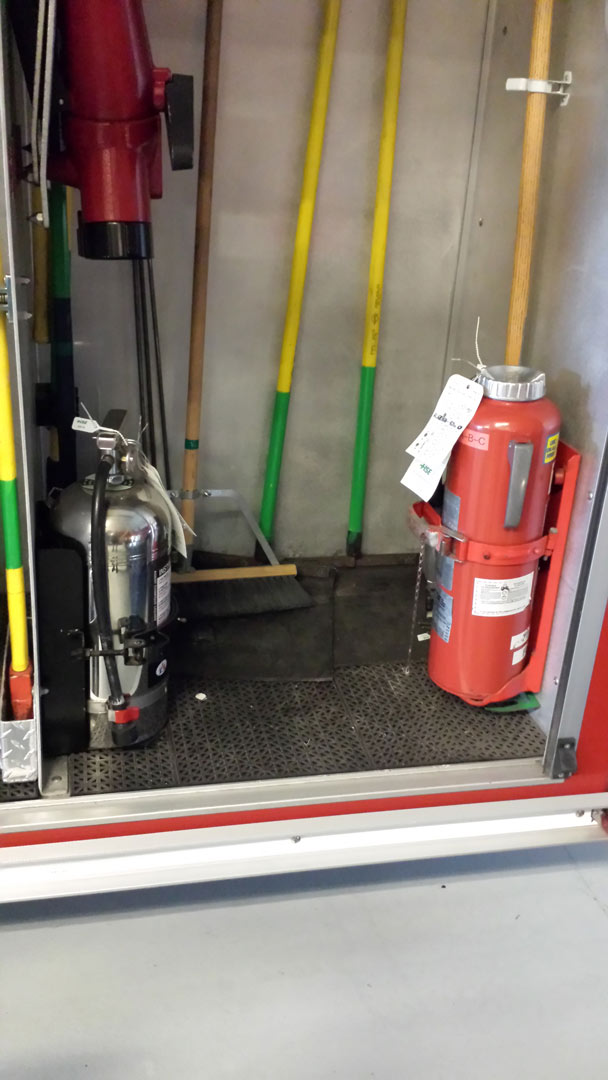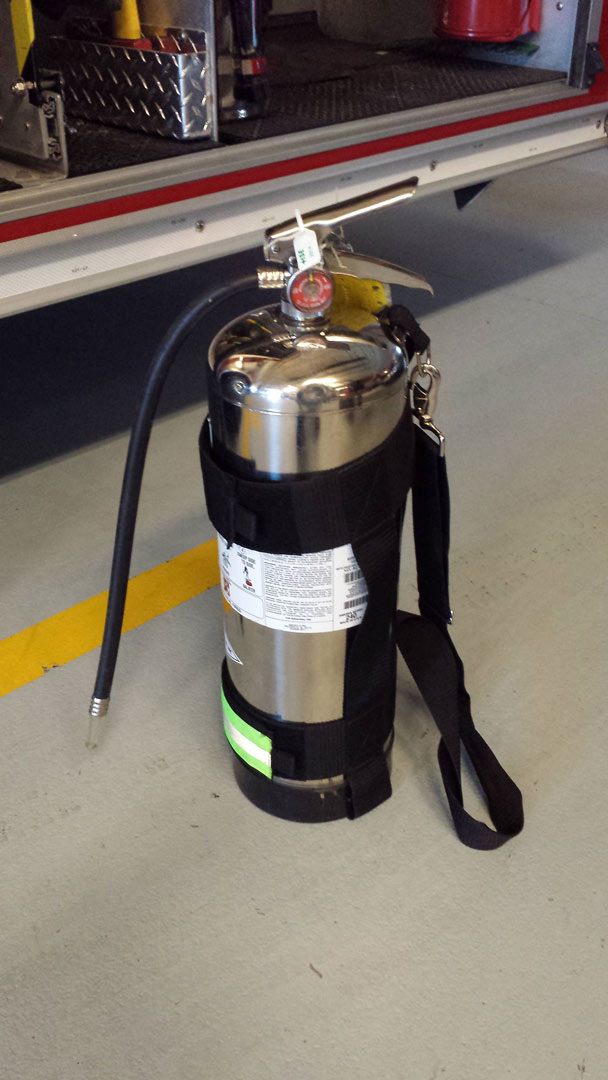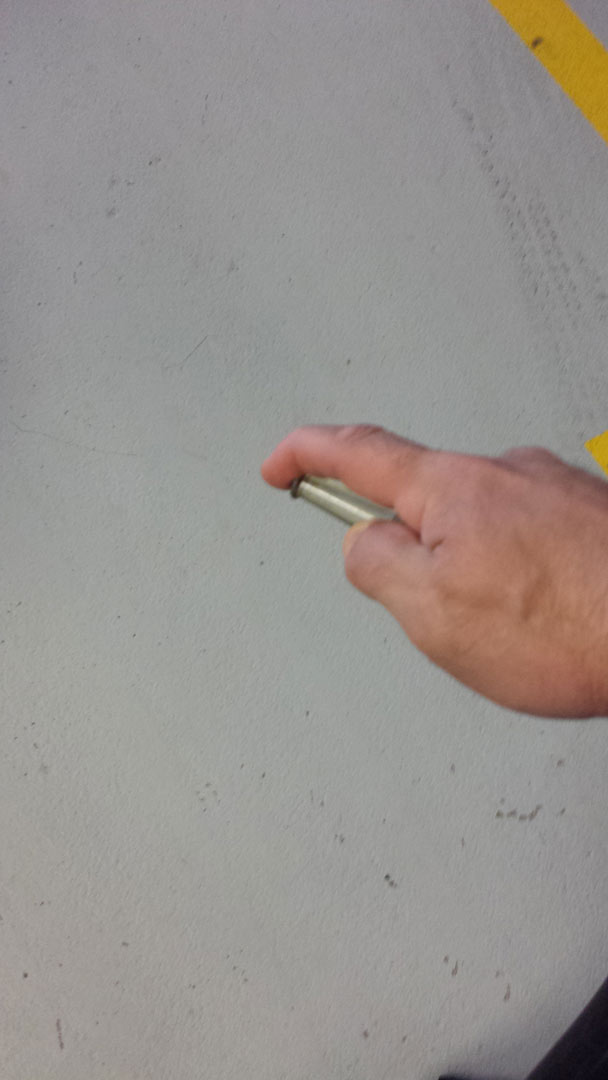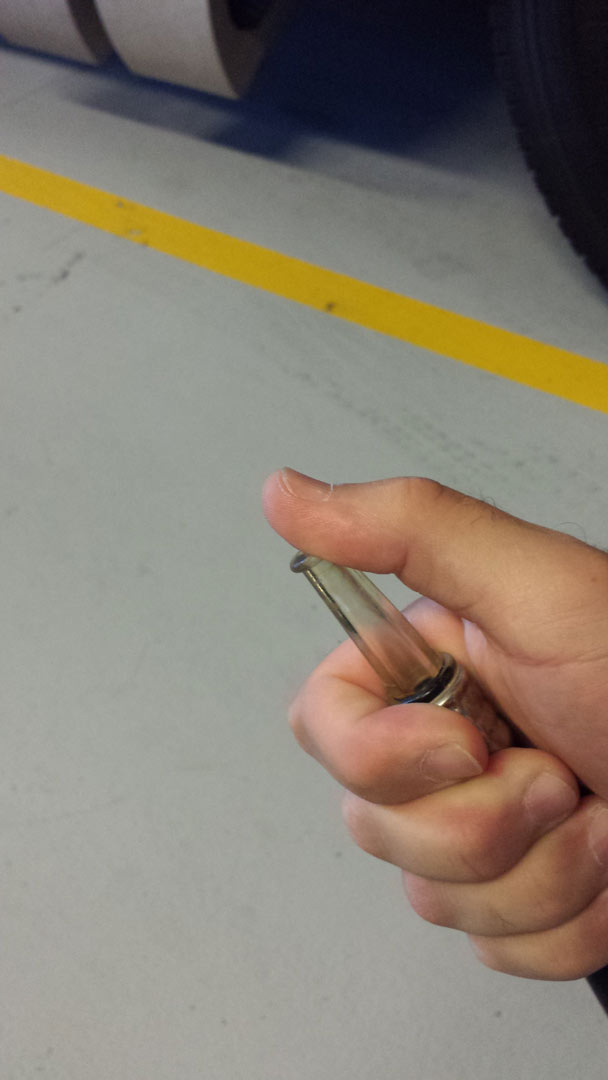
All photos by author
One of the most underrated tools in the fire service is the portable fire extinguisher. Every fire truck is equipped with at least one or two of these devices and for the most part, many of them are equipped with an assortment of portable extinguishers.


The majority of the portable fire extinguishers found on apparatus’s are dry chemical ABC multipurpose types. (Photos 1 and 2) These are great tools to use because they are multi-purpose—they can suppress a Class A fire or a Class B or even a Class C fire. They find their use in small fires both inside or outside a dwelling. These small extinguishers are great for when firefighters are investigating a small fire, smoke in the building, a pot on the stove, an alarm sounding with nothing showing, or other calls where a small fire may be possible and will require quick and easy knockdown.
RELATED
Training Minutes: Modifications to the Can
Training Minutes with Mike Ciampo: The Can
First-Due Battalion Chief: The Can
Thoughts From The Can Position

The downside to the dry chemical extinguishers is that they are messy when they are discharged. They leave a big mess to be cleaned up by the building or homeowner after the small fire has been suppressed. This is a consideration that should be considered when deciding to use the dry chemical extinguisher. On a Class B fire (photo 3), a dry chemical extinguisher will be the choice tool to use, as well as a Class C fire. However, when it comes to a Class A fire, we have a choice to either use a dry chem extinguisher or a water can.
RELATED TRAINING
Training Minutes: The Water Can and Fire Attack
Throw Back to Basics: Fire Extinguishers
Effective Use of Chemical Extinguishers
Another aspect that needs to be considered for a dry chemical extinguisher is that it does not provide cooling, only suppression. The suppression power comes in the form of breaking the chain reaction chemically by altering the chemical make-up of the fire. This suppression technique works well for stopping the fire or flame from continuing but it does not cool down the material that is burning.
This was the case for a fire that I responded to one time. There was a sofa chair on fire in a room and it was knocked down with a dry chemical extinguisher. The contents of the room were still hot, and I could hear the sizzling of the contents as we waited for a hoseline to be brought in. Water is needed to cool off objects and prevent re-ignition from occurring. This is where a 2 ½-gallon water can comes into play.

On a dedicated truck company, a water extinguisher or water can is considered standard equipment (photo 4). When a search team is entering a structure, one member will usually be assigned to bring along the water can. This allows the interior crew to conduct their search, and if they come across the fire, they can control it or knock it down enough to keep it in check.
Now the fire in question here is going to be a fire that can be controlled by a 2 ½-gallon water can. We are looking at a fire in a bedroom and coming out into the hallway and making its way down the hallway. The water can contains enough water in it to be able to knock back the fire in the hallway and keep the fire in the bedroom. This is where the search team can close the door to contain the fire while the search is completed.
A hoseline will always be needed for any medium to large-size fire, but sometimes, for a small fire in a room or building, the water can will be all that you need. The fire can be knocked down and the item burning can then be taken outside to be hosed off some more or to smolder away, but at least it will be outside away from any other items that can be exposed to the fire.
The water can will cool off the item and the area around where the item was burning. This suppression tactic is achieving two things: fire suppression and cooling. The water can is also good for overhaul operations. It is mobile enough that it can be brought into smaller areas or be used to cool down or soak hidden fire in small confined spots.
 |  |
With the dry chemical extinguisher, you cannot control the pattern that the nozzle discharges the content at. The nozzle will discharge the powder in a straight stream-style fashion, eventually dissipating into a dust cloud. With the water can, the firefighter can control nozzle discharge pattern by using their finger or thumb (photos 5 and 6). Just like with a garden hose with no nozzle, we can create a straight stream, a broken pattern, or a fog stream. This option allows us to apply the water in a way that is beneficial to the operation. We can also bank the water stream off of other objects so as to achieve an indirect attack.
The 2 ½-gallon water can may be a bit bulky and awkward to carry, but with repeated practice and use, familiarity of the weight, size, and height of the water can will become second nature. It is beneficial for firefighters to know how long in time you have with 2 ½-gallons for water application. This will only come with practice or training with the device. The next time you get a call for a small fire or a pot on the stove or an investigation, remember to bring along a fire extinguisher. Your one hand can carry the extinguisher and the other hand can carry a hand tool, making for a very well-prepared firefighter.

Mark van der Feyst has been in the fire service since 1999 and is a full-time firefighter in Ontario, Canada. He is an international instructor teaching in Canada, the United States, and India, and at FDIC. Van der Feyst is a local level suppression instructor for the Pennsylvania State Fire Academy. He is also the lead author of Residential Fire Rescue (Fire Engineering Books & Video).
MORE MARK VAN DER FEYST
Firefighting Back-to-Basics: Standpipe Tool Kits, Part 1 | Part 2
Truck Company Ops: Victim Removal Down Ladders, Part 1 | Part 2
Back to Basics: Pulling the Flat Load Off the Rig

